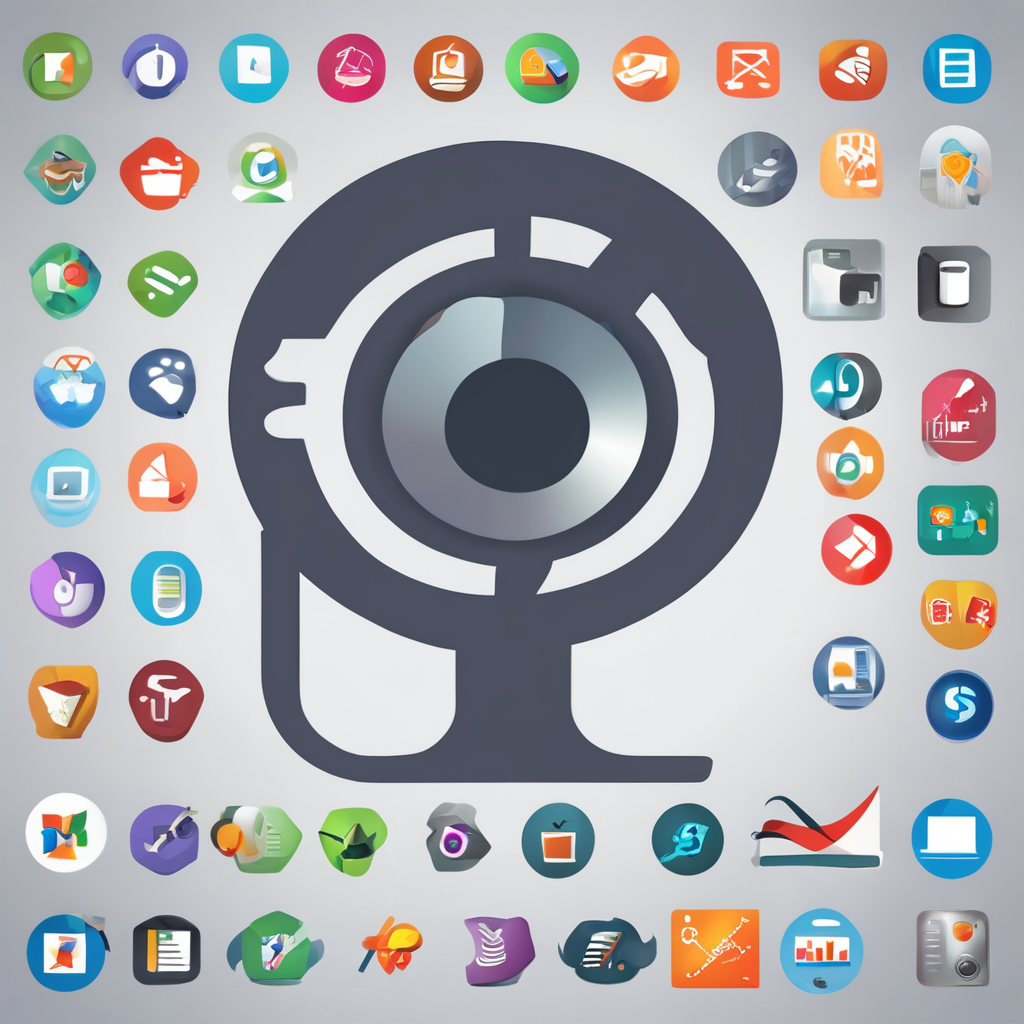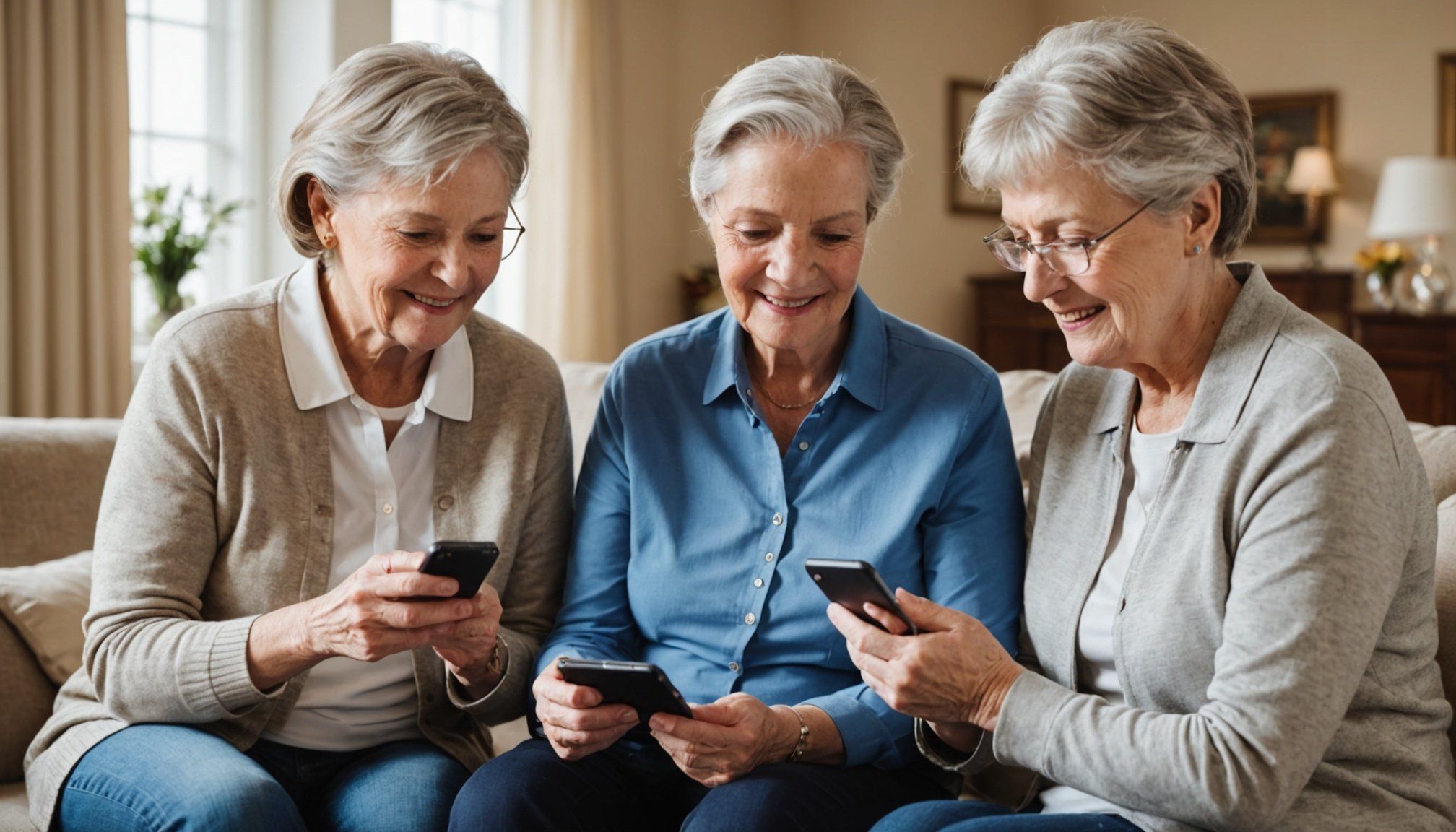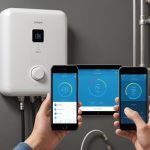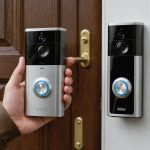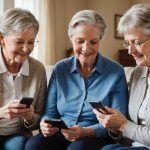The Impact of Smart Home Technology on Senior Care
As smart home technology evolves, its application in senior care continues to expand, offering innovative solutions that promise significant improvements. These technologies enhance monitoring and safety, crucial for seniors living independently or requiring occasional oversight. Devices like smart sensors, cameras, and automated lighting systems ensure a home environment that is both responsive and safe, catering to seniors’ specific needs.
One of the primary benefits is fostering independence among seniors. Smart home devices enable seniors to execute daily tasks with minimal assistance, boosting confidence and self-reliance. For instance, voice-activated systems allow seniors to control various home functions without physical strain, promoting convenience and ease of living.
Have you seen this : Revolutionize Your Smart Home: Effortlessly Control and Monitor Your Water Heater via Smartphone
Moreover, these technologies contribute to an enhanced quality of life. By providing constant connectivity between caregivers and seniors, smart devices ensure that help is always accessible when needed. Alerts and notifications keep caregivers informed about the safety and well-being of seniors, exemplifying the tailored support that smart home technology offers.
Smart home solutions continue transforming senior care, making daily living not only more manageable but also enriching. As technology matures, its potential in this field could become further boundless, breathing new life into caregiving approaches and improving seniors’ overall well-being.
Also read : Unlocking the Secrets to Smart Doorbell Setup: Your Ultimate Smartphone Guide for Easy Installation
Innovative Smart Devices for Senior Care
Adopting smart devices in senior care is revolutionising home automation by providing ingenious caregiving solutions. Understanding the essential smart home devices is key for optimising senior safety and comfort. Devices like smart thermostats, automated pill dispensers, and fall-detection sensors offer tangible enhancements in daily senior living. These devices are designed with usability in mind, often featuring voice-activated controls, large displays, and intuitive interfaces tailored to seniors’ needs.
Essential Smart Devices for Seniors
Selecting the right smart devices for seniors is crucial. Items like motion-sensor lighting, which illuminates paths during night-time mobility, and smart alert systems, notifying caregivers of emergencies, are particularly valuable. Trusted brands such as Philips for lighting solutions and Apple for user-friendly smart assistants are often recommended given their reliability and accessibility.
Integrating Smart Technology into Daily Care
Strategically implementing smart technology in daily routines involves meticulous planning. An example from case studies reveals how combining smart televisions with video-calling capabilities can significantly ease loneliness. For caregivers adapting to these technologies, starting with one device and gradually integrating more proves effective. Transitioning slowly allows for understanding and addressing any initial hesitations or barriers, promoting smoother long-term integration into senior care.
Challenges in Adoption of Smart Home Tech
Navigating the integration of smart home technology in senior care is not without hurdles. Seniors and caregivers face common barriers, such as familiarity with technology, cost implications, and privacy concerns. Seniors often experience a learning curve with new devices, which can deter engagement. Caregiver support becomes pivotal in overcoming these challenges by ensuring proper guidance and encouragement.
Addressing these barriers involves providing adequate training, easy-to-understand manuals, and user-friendly interfaces that simplify the initial setup and daily operation. Interactive tutorials and hands-on workshops can ease the transition for both seniors and caregivers, fostering confidence and proficiency.
Resources such as community tech support services and online forums offer valuable assistance, allowing caregivers and seniors to share experiences and solutions. These platforms can demystify technology, making the adoption process less daunting.
The significance of ongoing training and support cannot be overstated. Continuous education keeps caregivers abreast of evolving technology, enhancing their ability to provide quality care. Moreover, fostering an adaptive mindset encourages seniors to embrace technology at their own pace, thereby maximising its potential benefits in senior care environments.
Smartphone as a Central Tool in Senior Care
Smartphones, often seen as a bridge to the digital world, play a transformative role in senior care by seamlessly managing smart home technology. They serve as a central hub for controlling various devices and offer mobile solutions that cater to seniors’ needs. With the capability to integrate with smart home systems, smartphones enable seniors to adjust settings, track health metrics, and facilitate digital caregiving more effectively.
Many dedicated apps designed for senior monitoring and assistance leverage smartphone technology. These applications offer features like medication reminders, emergency alerts, and health tracking, making daily tasks more manageable for seniors. The convenience of accessing these solutions from a single device eliminates complexities, promoting ease of use.
Smartphones enhance caregiving by providing immediate notifications and alerts to caregivers. With real-time updates and alerts, caregivers are kept informed of any developments, ensuring quick responses to potential issues. This connectivity reduces caregiver anxiety and reinforces a sense of security for both seniors and their families. By transforming smartphones into powerful caregiving tools, senior care becomes more proactive, personalised, and efficient, highlighting the indispensable role these devices play in modern support systems.
Case Studies and Success Stories
Exploring real-world case studies reveals the tangible benefits of smart home technology in senior care. Many families, traditionally reliant on conventional care methods, have embraced these innovations, witnessing notable improvements. For instance, using smart sensors and automated systems, one family reported a significant decrease in emergency visits, underscoring the transformative potential of technology success.
Further accounts from caregivers highlight reduced stress levels and enhanced support systems. With smart devices, caregivers can ensure safety remotely, offering peace of mind. Several testimonials recount that the integration of automated pill dispensers and fall detection systems made managing daily routines more streamlined and efficient.
Real-Life Examples of Smart Home Impact
Families using smart home technologies often report improvements in senior health and wellness. Increased engagement with smart communication devices helps alleviate loneliness, promoting social interaction. Metrics from studies have shown improved health indicators and a boosted sense of security among seniors.
Caregivers consistently provide positive feedback, expressing how these solutions have lightened their load, allowing them to focus on providing more personal care. Such caregiver experiences highlight reduced burdens and stronger support networks. These insights collectively demonstrate the profound impact technology integration makes in modern senior care.
Best Practices for Caregivers
Caregivers are pivotal in integrating smart home technology into senior care to maximize safety and quality of life. Selecting the right devices is crucial. Begin by identifying seniors’ specific needs to choose appropriate smart devices that enhance daily living. Devices like motion sensors and digital assistants can greatly increase independence and accessibility.
Equipping caregivers with the skills to use smart technology is essential. Effective technology training empowers them to handle devices confidently. Online tutorials, community workshops, and user manuals serve as valuable resources for learning basic to advanced functions. This knowledge fosters efficient device management and troubleshooting.
To adapt to evolving technologies, caregivers should embrace a proactive approach. Regularly updating their skills and knowledge ensures preparedness for innovations and new features. Join forums and workshops to gain insights and share experiences, fostering a supportive network for caregivers. By staying informed and adaptable, caregivers can provide dynamic support, ensuring smart technology is effectively utilized in enhancing senior well-being.
